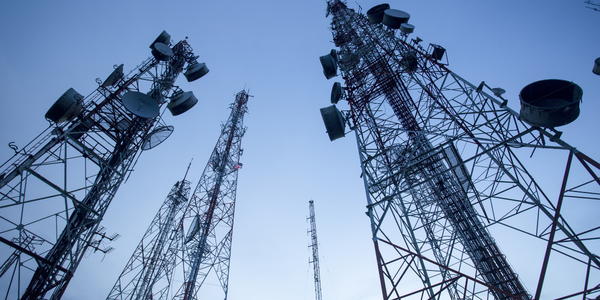Technology Category
- Cybersecurity & Privacy - Identity & Authentication Management
- Sensors - Autonomous Driving Sensors
Applicable Industries
- Finance & Insurance
- Telecommunications
Applicable Functions
- Sales & Marketing
About The Customer
StubGroup Advertising is a results-driven, pay-per-click advertising agency that is ranked by Google in the top 5% of Google’s Partners worldwide. They use data-driven strategies to optimize their clients' PPC campaigns, aiming to increase sales and revenue. They work with a variety of clients who use PPC advertising platforms like Google AdWords and Bing Ads. Their goal is to ensure that their clients' ad spend is effectively allocated to the most successful keywords and campaigns, and to provide insights into the ROI from their ad spend.
The Challenge
StubGroup Advertising, a top-ranked pay-per-click advertising agency, was seeking a way to optimize their clients' PPC campaigns. They wanted to identify the most effective keywords and campaigns, and allocate budget accordingly. They also needed to understand the true ROI from their ad spend. Additionally, they wanted to monitor the quality of lead conversations and identify opportunities for improvement in their sales processes. Some clients also needed to manage call routing based on business hours, redirecting calls to personal cell phones after hours.
The Solution
StubGroup Advertising adopted CallTrackingMetrics (CTM) to track and analyze phone calls received from their clients' PPC campaigns. CTM allowed them to record every call, providing insights into the most relevant phone leads and the true ROI from ad spend. This data was then imported into the clients' PPC accounts to identify patterns and trends within the campaigns. Based on these insights, they could strategically allocate more budget to the most effective campaign elements, modify ad copy, and make other performance optimizations. CTM also enabled them to monitor lead conversations, providing insights into their sales processes and areas for improvement. Furthermore, CTM's call routing feature allowed them to set up rules for call forwarding based on business hours.
Operational Impact

Case Study missing?
Start adding your own!
Register with your work email and create a new case study profile for your business.
Related Case Studies.

Case Study
Real-time In-vehicle Monitoring
The telematic solution provides this vital premium-adjusting information. The solution also helps detect and deter vehicle or trailer theft – as soon as a theft occurs, monitoring personnel can alert the appropriate authorities, providing an exact location.“With more and more insurance companies and major fleet operators interested in monitoring driver behaviour on the grounds of road safety, efficient logistics and costs, the market for this type of device and associated e-business services is growing rapidly within Italy and the rest of Europe,” says Franco.“The insurance companies are especially interested in the pay-per-use and pay-as-you-drive applications while other organisations employ the technology for road user charging.”“One million vehicles in Italy currently carry such devices and forecasts indicate that the European market will increase tenfold by 2014.However, for our technology to work effectively, we needed a highly reliable wireless data network to carry the information between the vehicles and monitoring stations.”

Case Study
Vodafone Hosted On AWS
Vodafone found that traffic for the applications peak during the four-month period when the international cricket season is at its height in Australia. During the 2011/2012 cricket season, 700,000 consumers downloaded the Cricket Live Australia application. Vodafone needed to be able to meet customer demand, but didn’t want to invest in additional resources that would be underutilized during cricket’s off-season.

Case Study
SKT, Construction of Smart Office Environment
SK T-Tower is the headquarters of SK Telecom. Inside the building, different types of mobile devices, such as laptops, smartphones and tablets, are in use, and with the increase in WLAN traffic and the use of quality multimedia data, the volume of wireless data sees an explosive growth. Users want limitless Internet access in various places in addition to designated areas.









